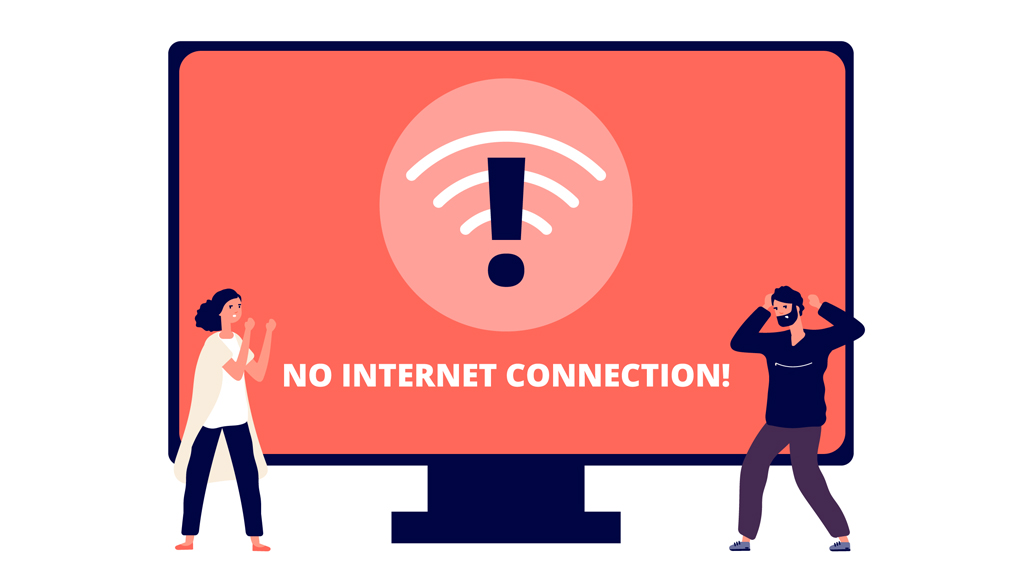From the early days of my career at Mayo Clinic to being one of the inventors of rtNOW in 2016, I’ve been deeply passionate about leveraging technology to better serve and support the respiratory therapy community. My 16-year tenure at Mayo Clinic and later experiences gave me an acute understanding of the challenges and opportunities that lie at the intersection of healthcare and technology. With a Master’s in Education from the University of Minnesota, I’ve always sought ways to use technology as a bridge for quality healthcare and education. However, one glaring challenge remains, often overlooked in our discussions around telehealth: Internet Access.
Living in a city with a population of just over 100,000, I sometimes forget the luxury of consistent internet connectivity. But a short drive to a rural Minnesota town is a quick reminder. The inconsistent cell service and below-par internet in towns of 3,000 are not just inconveniences; they are barriers to managing chronic health conditions that are disproportionately prevalent in these areas. For example, COPD, also known as emphysema or chronic bronchitis, is a condition more than twice as common in rural areas compared to urban areas. The reasons for this are multifaceted: air pollution from occupational exposures to dust, fumes, smoke, or chemicals in jobs like farming, mining, or manufacturing plays a role, as do higher rates of smoking in these communities. According to the Centers for Disease Control and Prevention, the states with the highest rates of COPD include West Virginia, Kentucky, Tennessee, Arkansas, Alabama, Mississippi, Louisiana, Ohio, Indiana, and Missouri.

My travels and experiences in places like South Dakota and Nebraska further highlight the internet scarcity. These regions, which feel almost like internet deserts, lag significantly behind in technology adoption. It’s high time we recognized the internet as a basic necessity, akin to electricity or water. Whether it’s for our children’s education, business operations, or healthcare advancements, reliable internet has become indispensable.
I was encouraged to read an article titled “The internet is no longer a luxury: $667M from USDA for rural broadband” by Jacob Fischler, dated August 21, 2023. The U.S. Department of Agriculture has committed another substantial amount towards rural broadband loans and grants. This move, a part of the Biden administration’s fourth round of funding, is invigorating efforts set in motion by the 2021 infrastructure law.
Of this funding, nearly three-quarters, amounting to $493 million, is dedicated to grants. Furthermore, this round will benefit 38 projects across 22 states and the Marshall Islands. I was pleased to see Minnesota, among other states, on this list. These grants and loans will provide broadband access to regions where it might not be commercially viable for private entities.

The USDA’s ReConnect program, created in 2018, oversees the distribution of these funds. This program, bolstered by billions from the bipartisan infrastructure law, aims to bridge gaps in high-speed internet access. As White House coordinator for the infrastructure law, Mitch Landrieu, rightly put it: “The internet is no longer a luxury. It’s a necessity to fully participate in today’s society.” These facts lay bare a stark reality: the necessity of reliable internet access for telehealth services, particularly in rural areas where healthcare resources are already stretched thin and where conditions like COPD are more prevalent. The USDA’s ReConnect program is a commendable step forward. It offers a beacon of hope not just for the economic and educational opportunities that come with broadband access but also for the potential advancements in telehealth that can drastically improve the quality of life for individuals with chronic illnesses.
From enabling precision farming to promoting climate-smart commodity markets, high-speed internet offers multifaceted benefits. The administration’s goal is to allocate up to $90 billion towards broadband deployment, a move that underscores the gravity of the situation. As we celebrate advancements in rural broadband infrastructure, it’s important to remember the human aspect of this progress. For the person living with COPD in a remote part of West Virginia or the family farm in Kentucky, reliable internet could mean the difference between isolation and access to life-saving medical care. With each internet installation in these regions, we are not just connecting households to the web; we are connecting patients to their healthcare providers, offering them a chance for better health management and improved outcomes.
As I reflect on the progression and potential of telehealth, the importance of reliable internet cannot be stressed enough. Bridging the digital divide will not only democratize access to healthcare but will also unleash a wave of innovation, knowledge sharing, and community building. Let us hope for and work towards a future where high-speed internet is as ubiquitous as the air we breathe.


